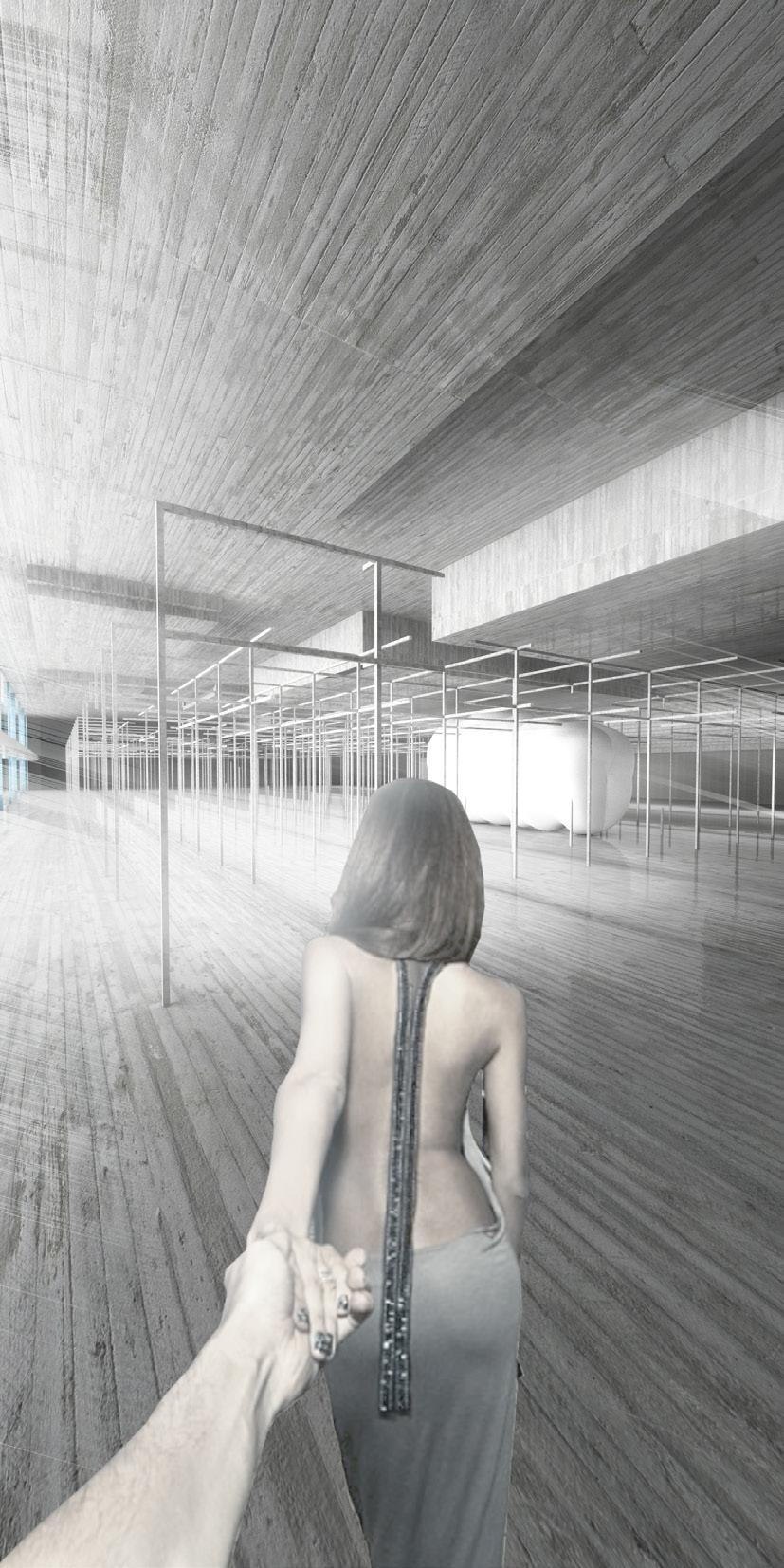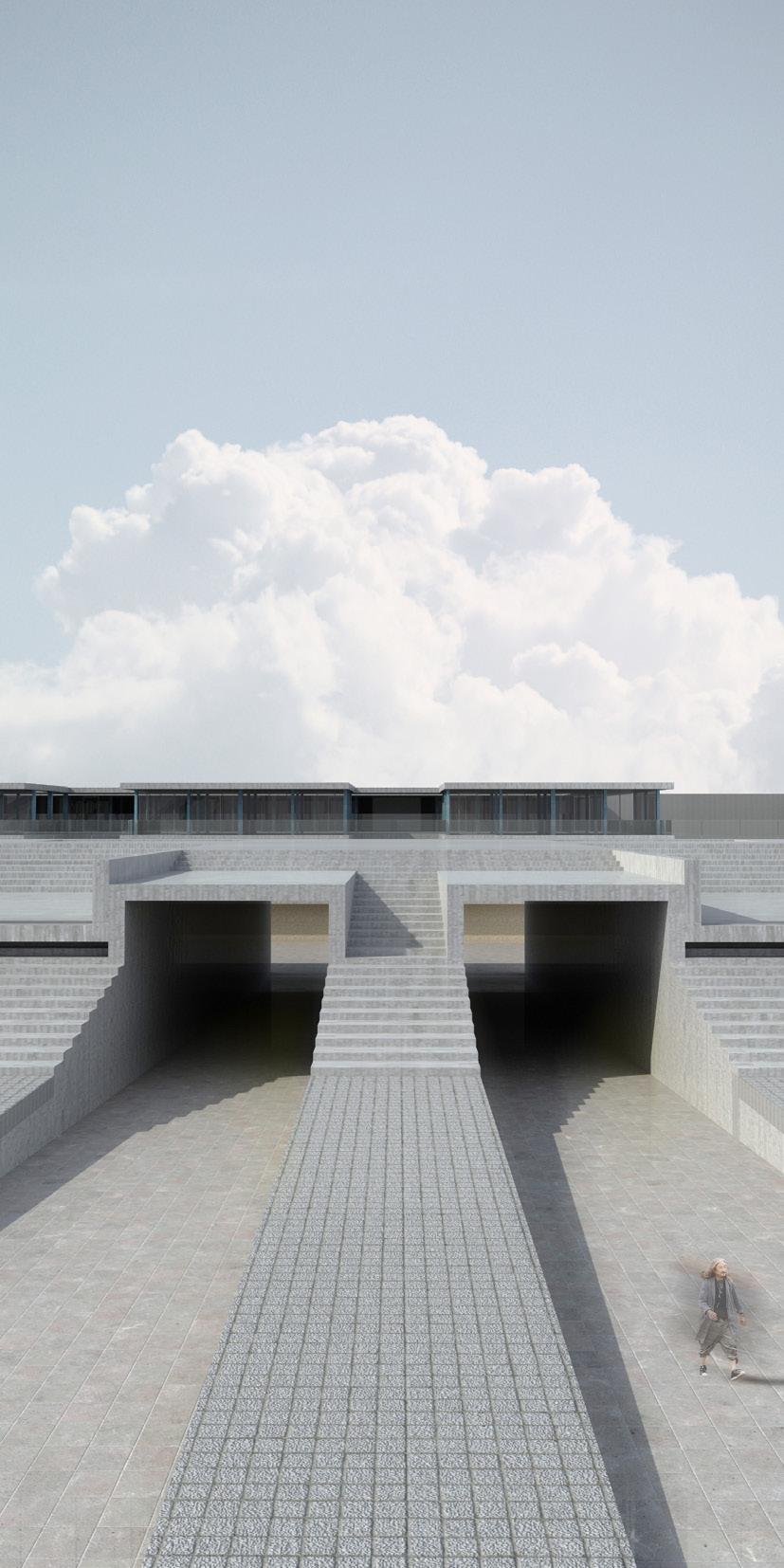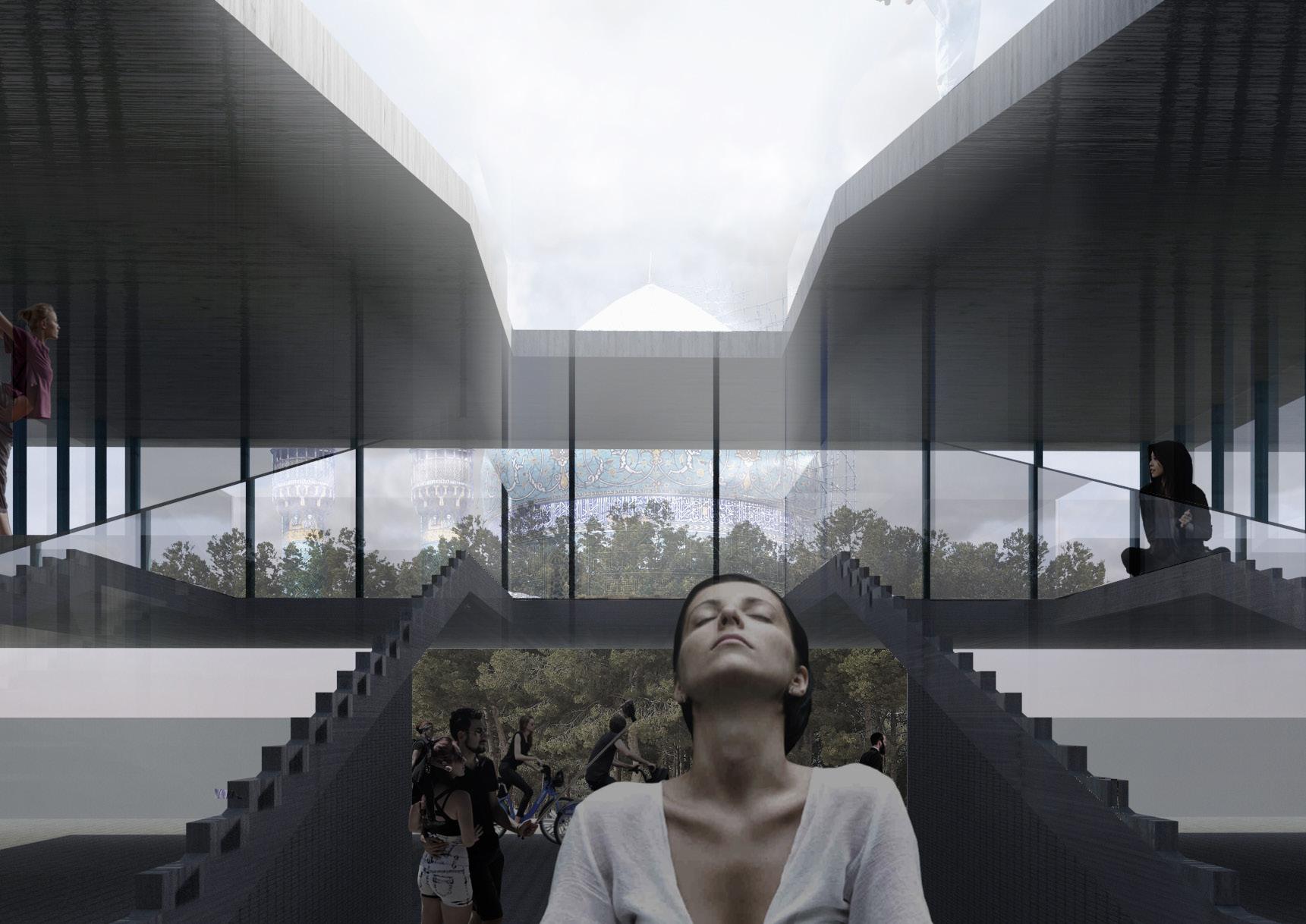
2 minute read
_A Vision On ChahārBāgh School
The Chahar Bagh School is the last magnificent monument built in the Safavid era (1704 to 1714) during the reign of King Sultan Hussein. The school was part of a massive complex including Caravanserai (Now it is Abbasi Hotel) and Bazaar (Now it is Bazaar-e Honar, one of the most important gold markets in Isfahan).
The name of Chahar Bagh School is Due to its location on Chahar Bagh Street; however, other names such as Soltani School and Madar Shah (Shah’s Mother) School have also been mentioned.
Advertisement
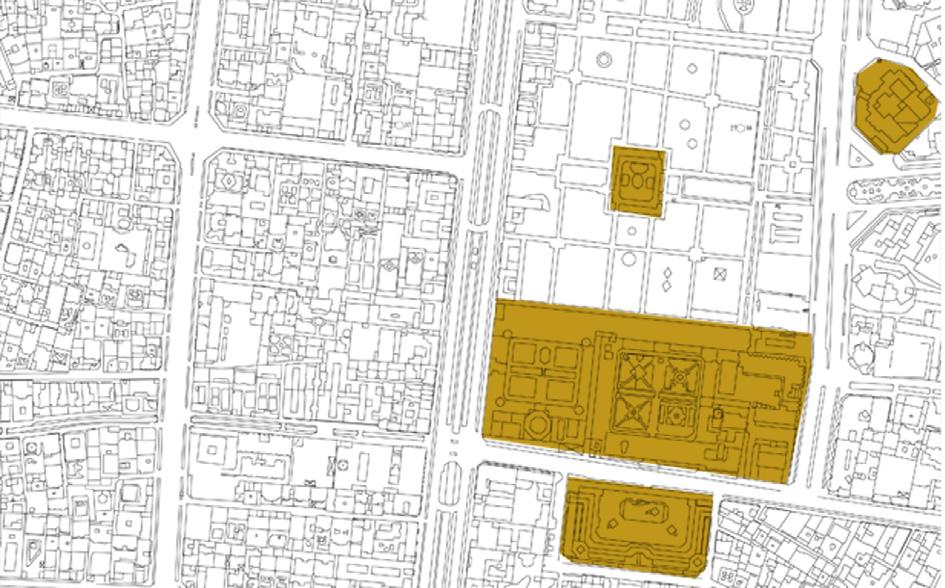
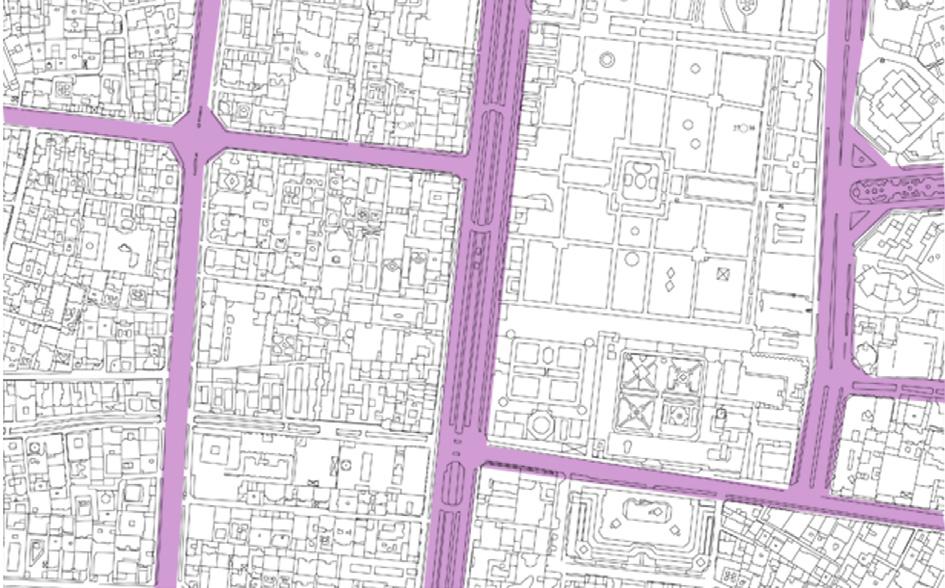
The architecture is in accordance with the climate of Isfahan and is designed based on four seasons (four iwans); in warm seasons, the southern iwan, and the northern iwan was used in the cold seasons. The building of Chahar Bagh School has two floors; Religious courses were taught on the first floor, and mathematics, astronomy, and medicine courses were on the second floor. The school includes a large central courtyard and four small yards around the center. The central courtyard with a large pool in the center and lots of trees makes the school’s interior stylish. The middle pond of the yard is supplied with Madi Farshadi (Farshadi Stream).
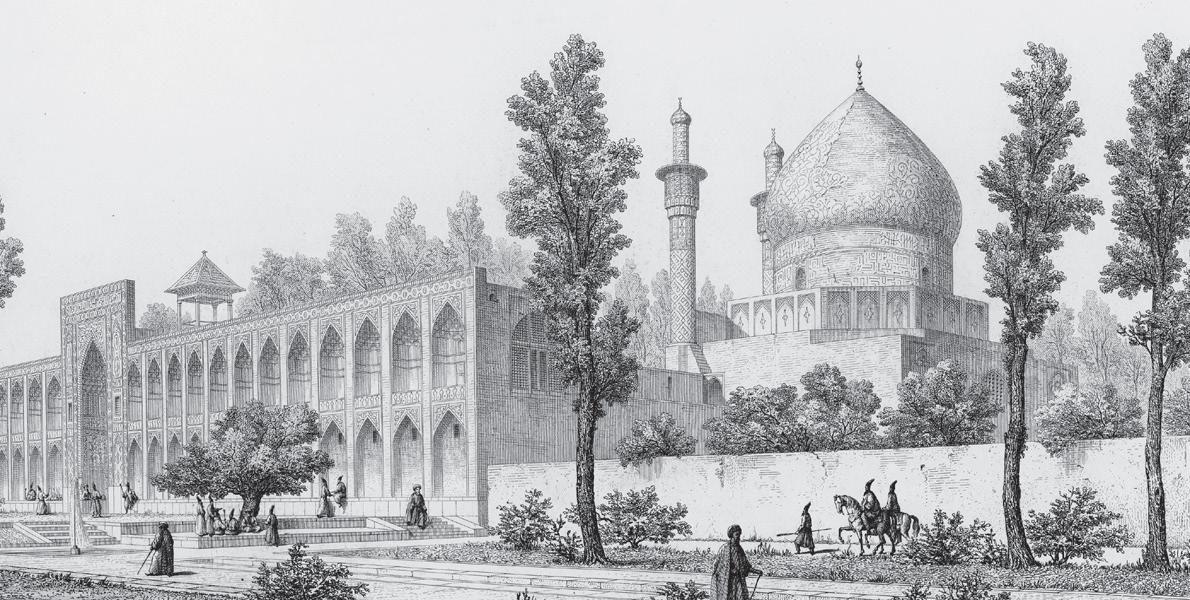
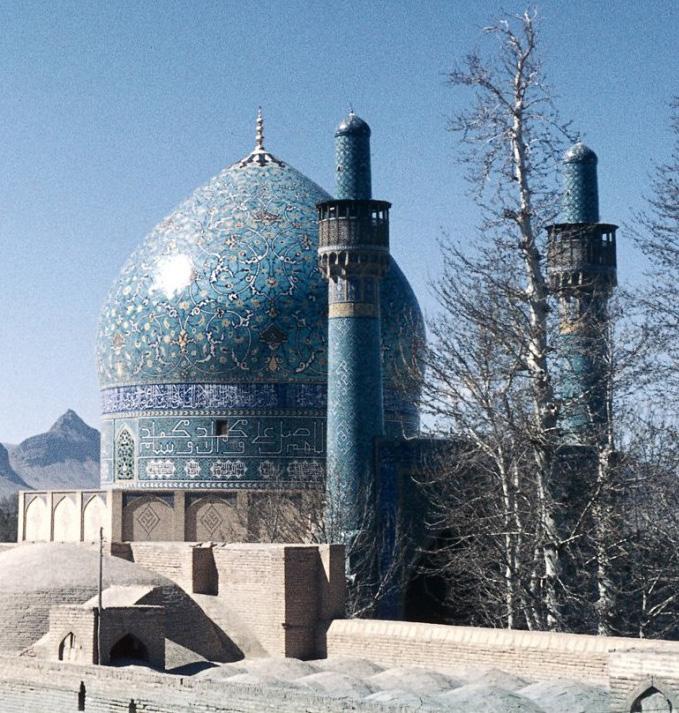
Important Buildings

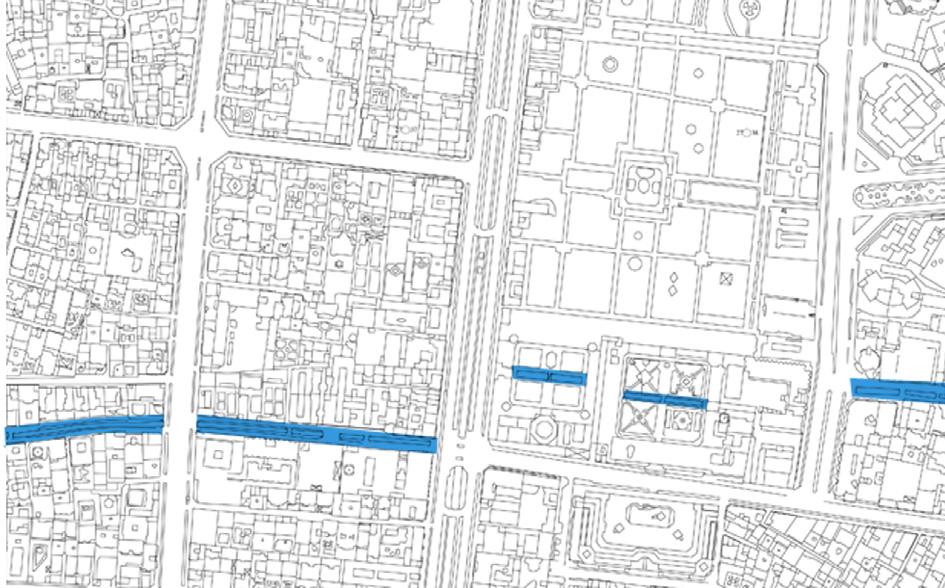
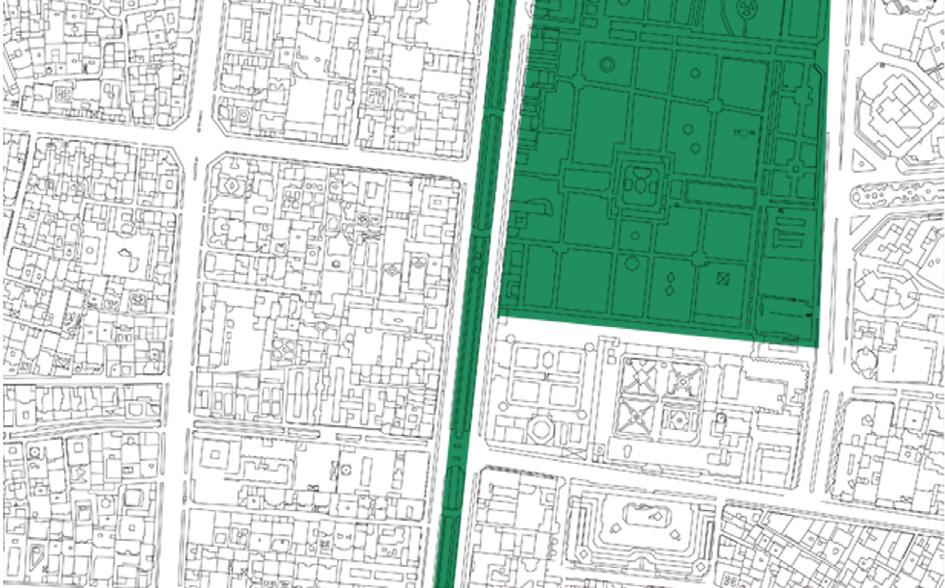
Green Spaces
Water Streams
Main Accessibilities
The project required an approach to the school, intending to select the form and function.
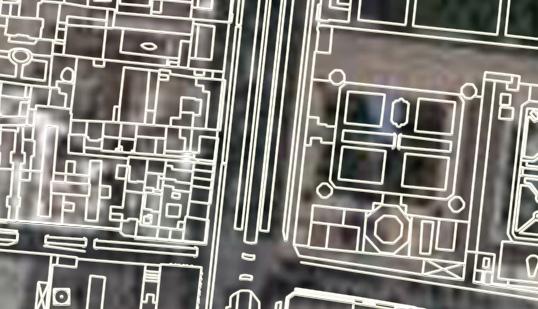
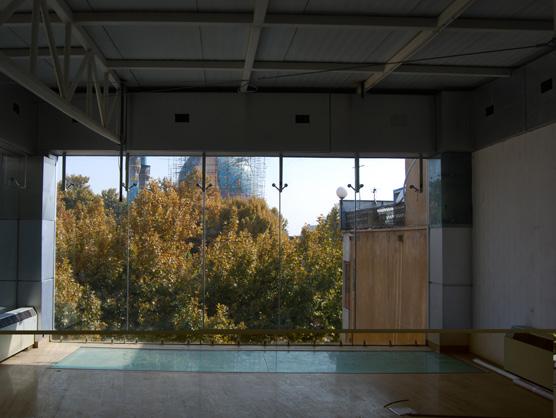
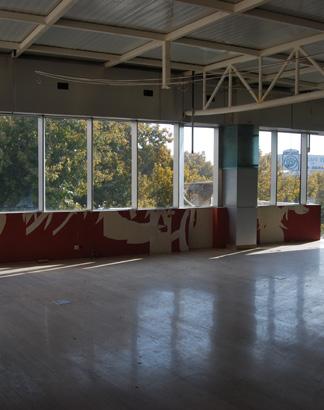
Due to its proximity to Chaharbagh street and the region’s anatomy, the project’s marked site was selected. The interaction of the site with surrounding spaces tells a need for a form of plaza encompassing artistic elements of Isfahan that stimulates social connection such as theater, which has been shunned in recent decades, and social communications of people that is becoming a necessity by the modern approach of today’s society. The commercial function has been shifted outside the edge of Chahar-bagh to emphasize the plaza. The lifted slap will provide a smooth transition from urban space to the linear nature beside the water stream and the middle of Chahar-bagh. The momentum and diversity of environmental sound provide pedestrians with an experience and perception of the process.
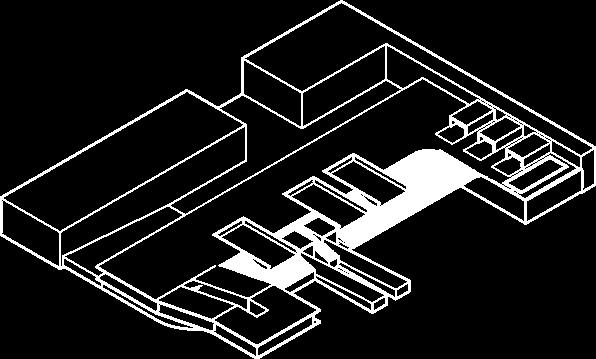
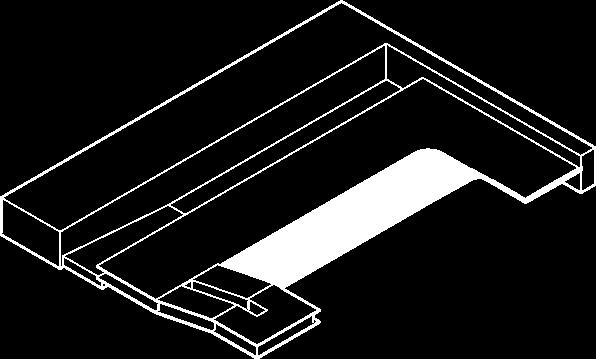

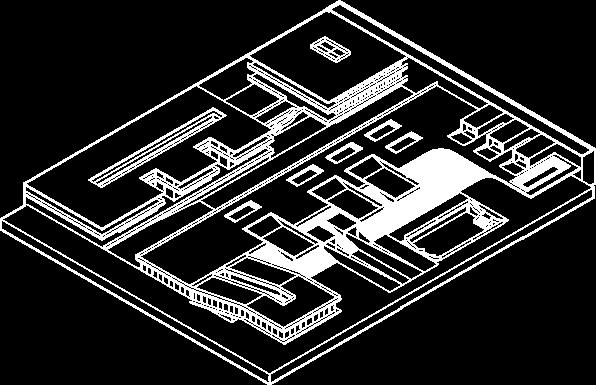
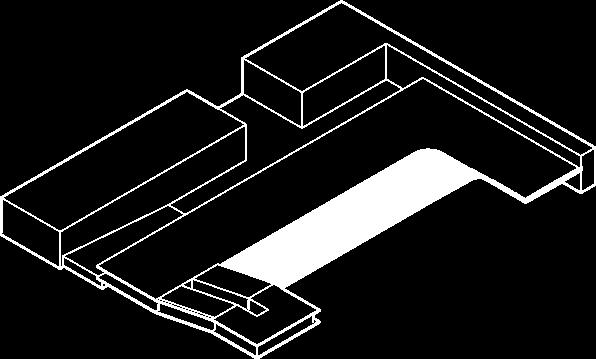

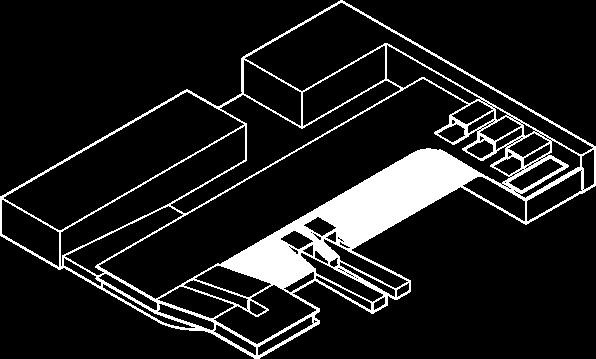
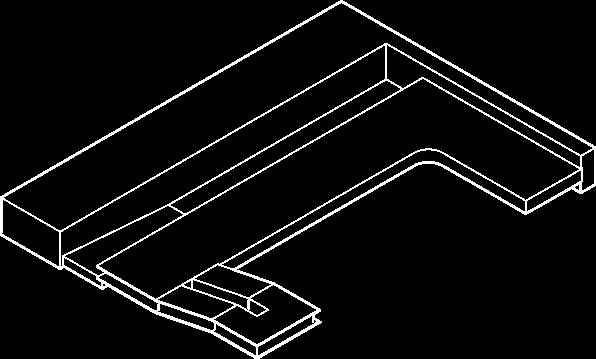

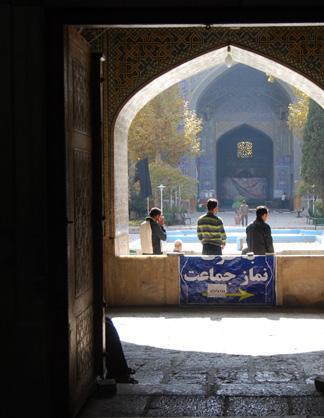
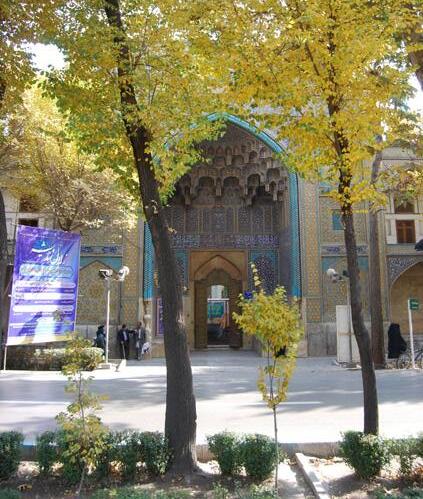
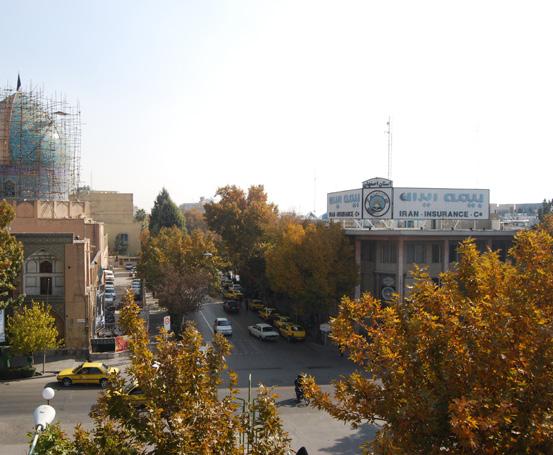
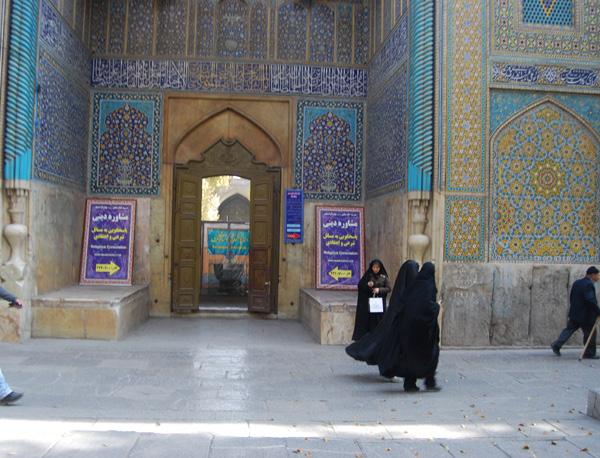
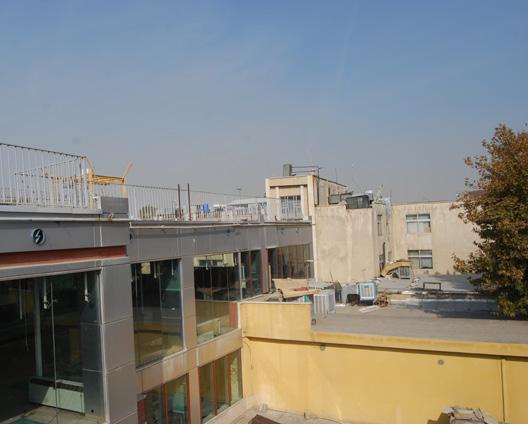
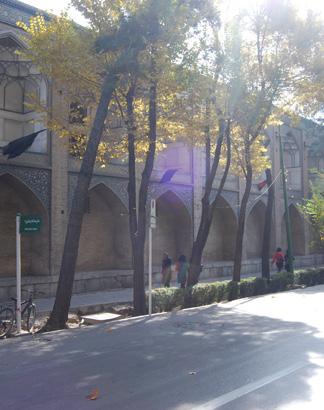
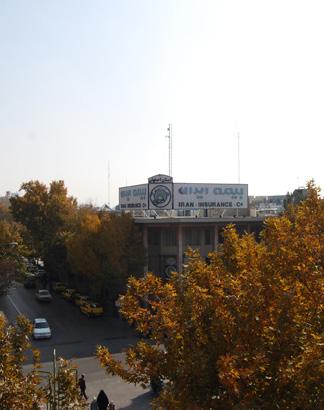
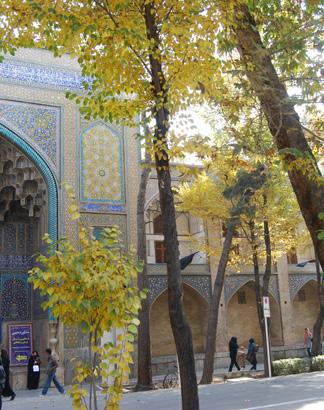
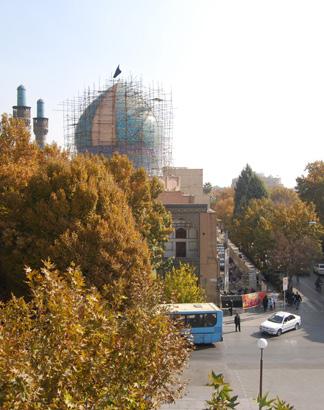
Plaza retreat. Openning corridors

The domain of urban activities is vast. Providing the base for the various articulation of urban activities to express diverse ideas is essential for an urban space.
The commercial division of the spaces contrasts with the modern structures, which are confined to a solid volume. The openness of the commercial zone to the outside surroundings does not cut the translation from the outside and also does not provide a safe understanding, such as houses.
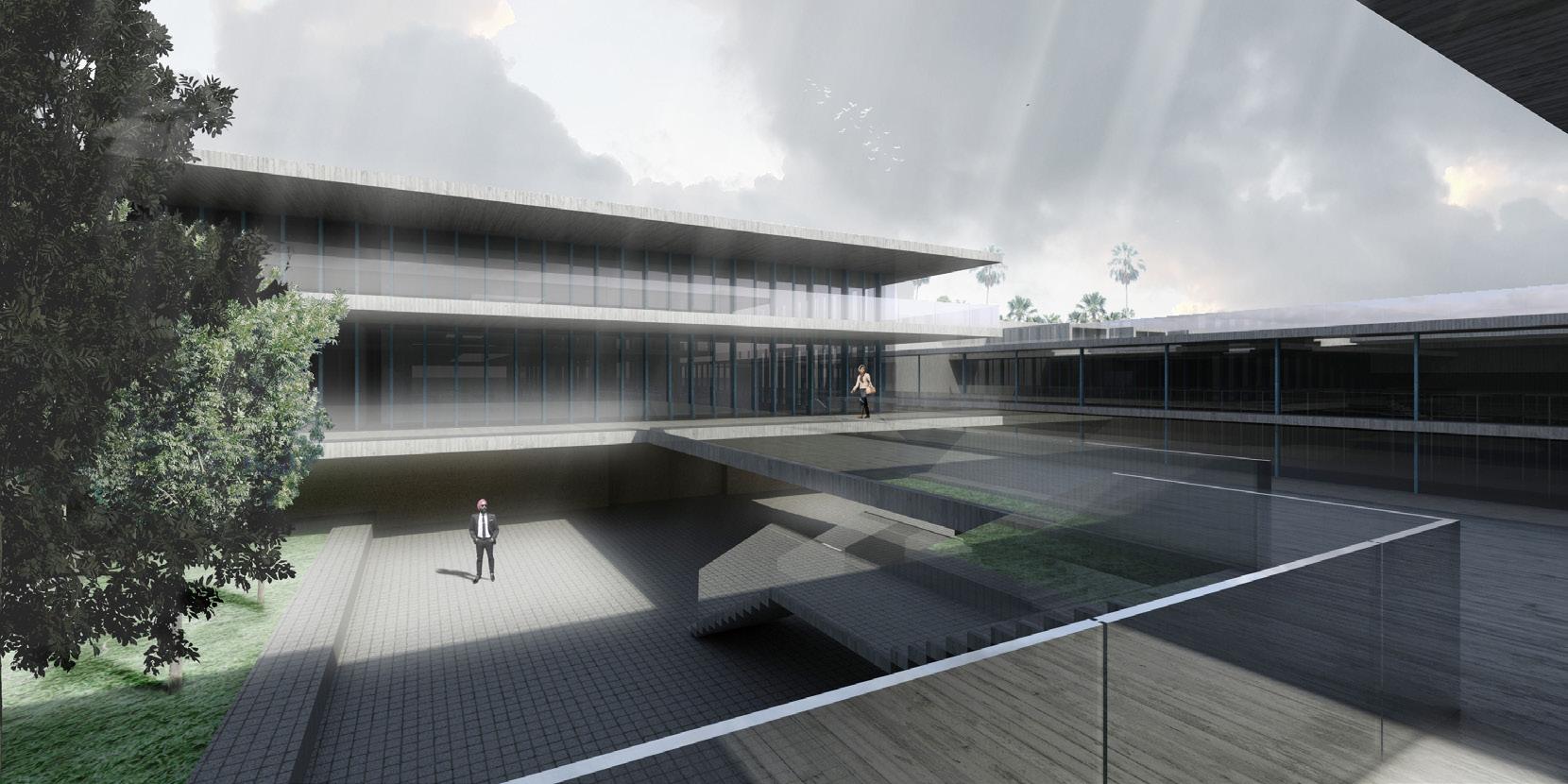
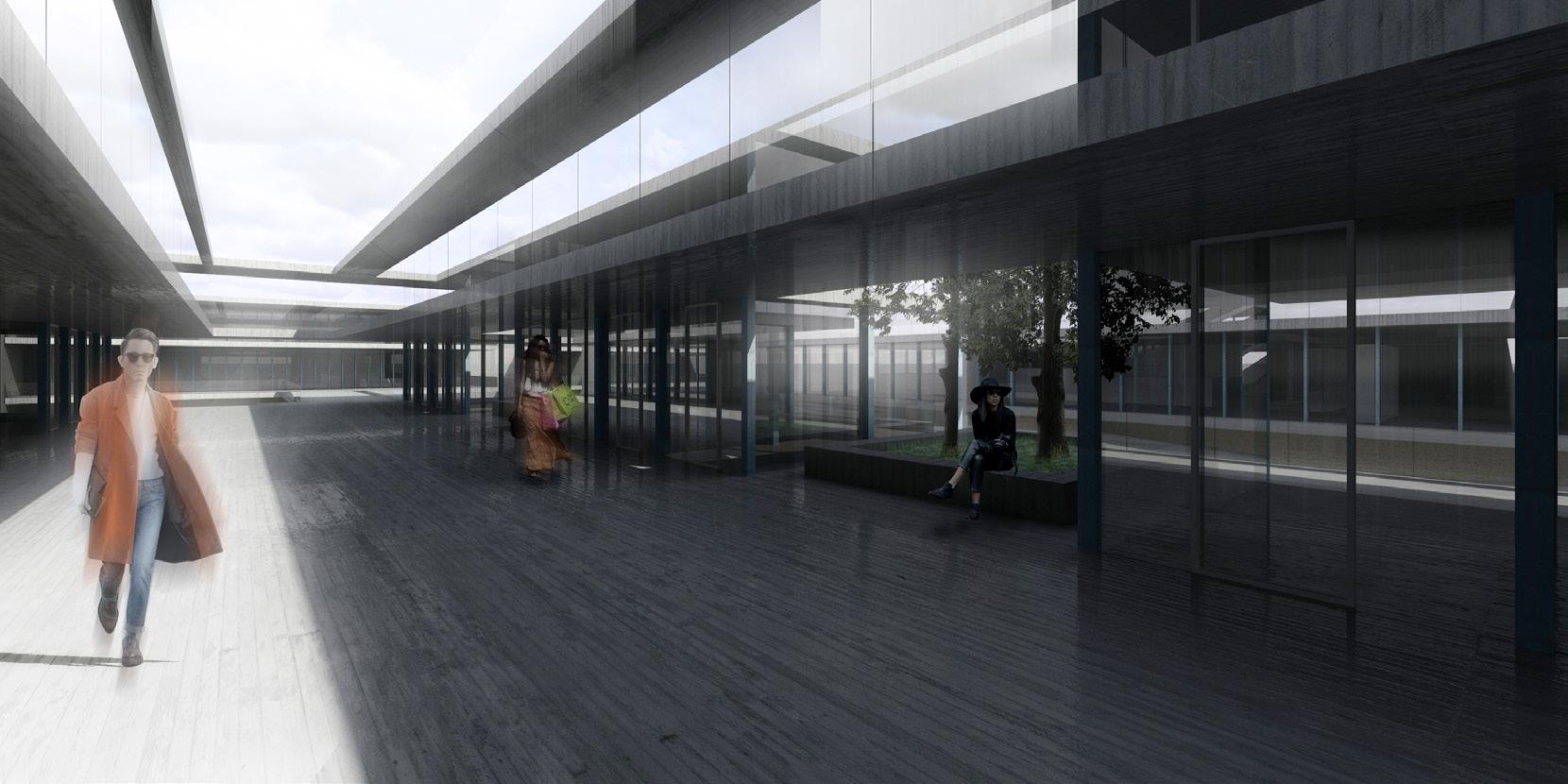
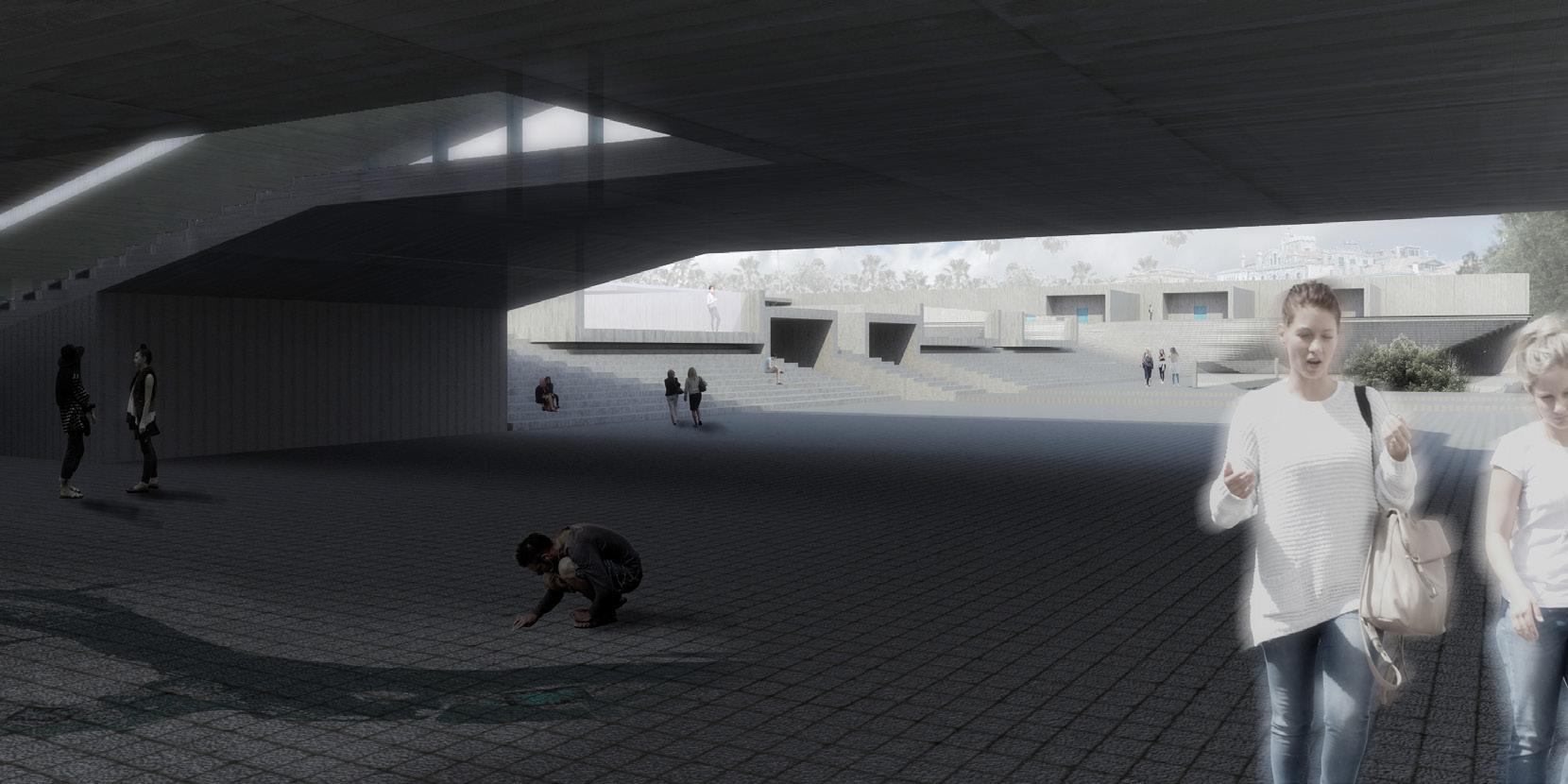
The consideration of a network of corridors, urban corridors, enables the experiencer to accumulate distinct urban memories and different passages in different functions and forms, manifold but included in a uniform conceptual network.
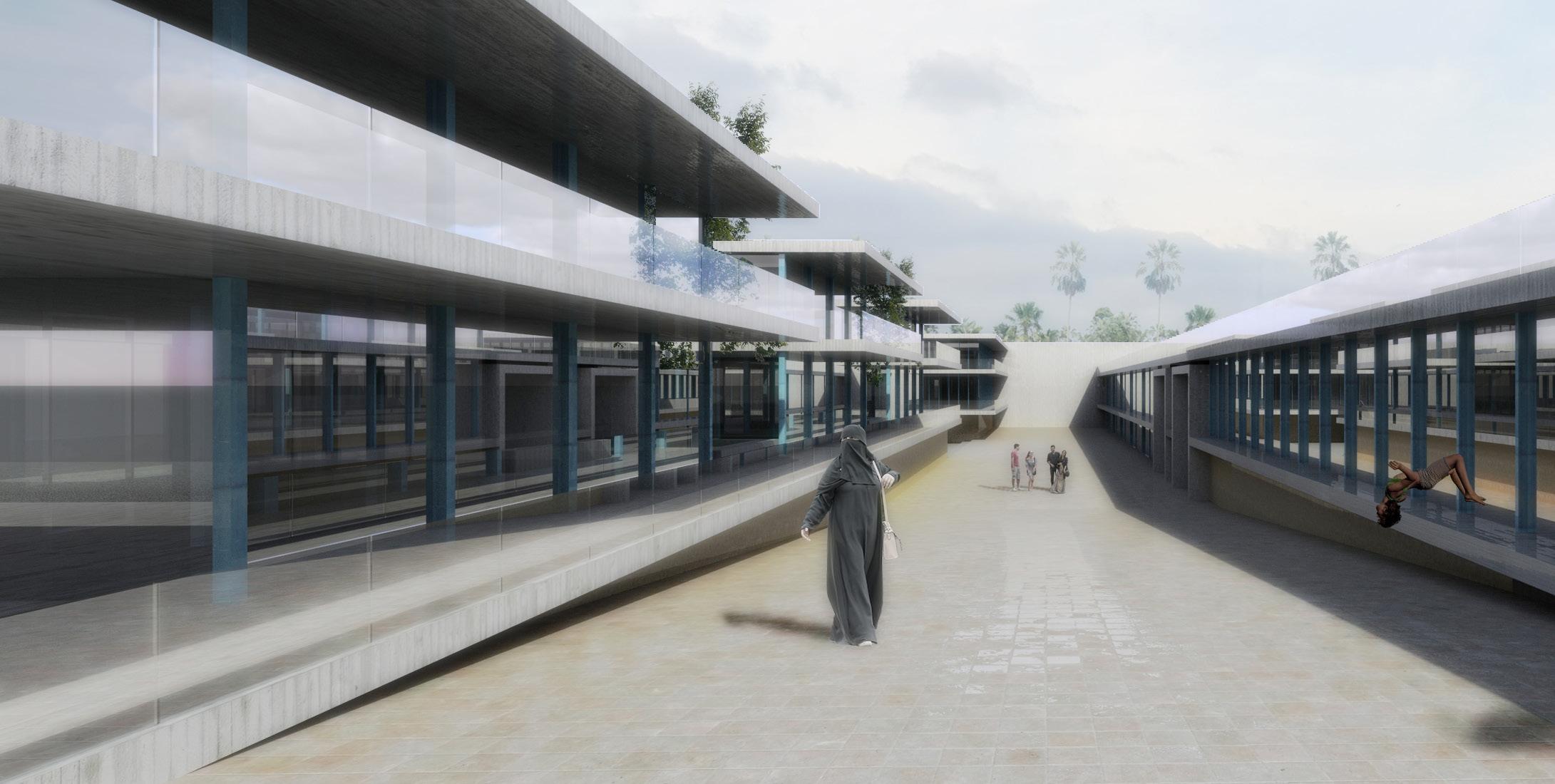
Breaks in the middle of structures interfere with the experience of a continuous and boring path of spaces and re-establish the prestage of the semi-translation from the urban area to commercial zones.
Urban viewpoints of the historical or critical buildings extract the person from the inside to understand the scale on which the person is located in the city.
The comprehension of children with the appearance of technological advances in the urban spaces has been intersected. The conventional and iconic activities such as theaters reconnect the children to those virtues, besides the experience of spending time devoid of technological engagements.
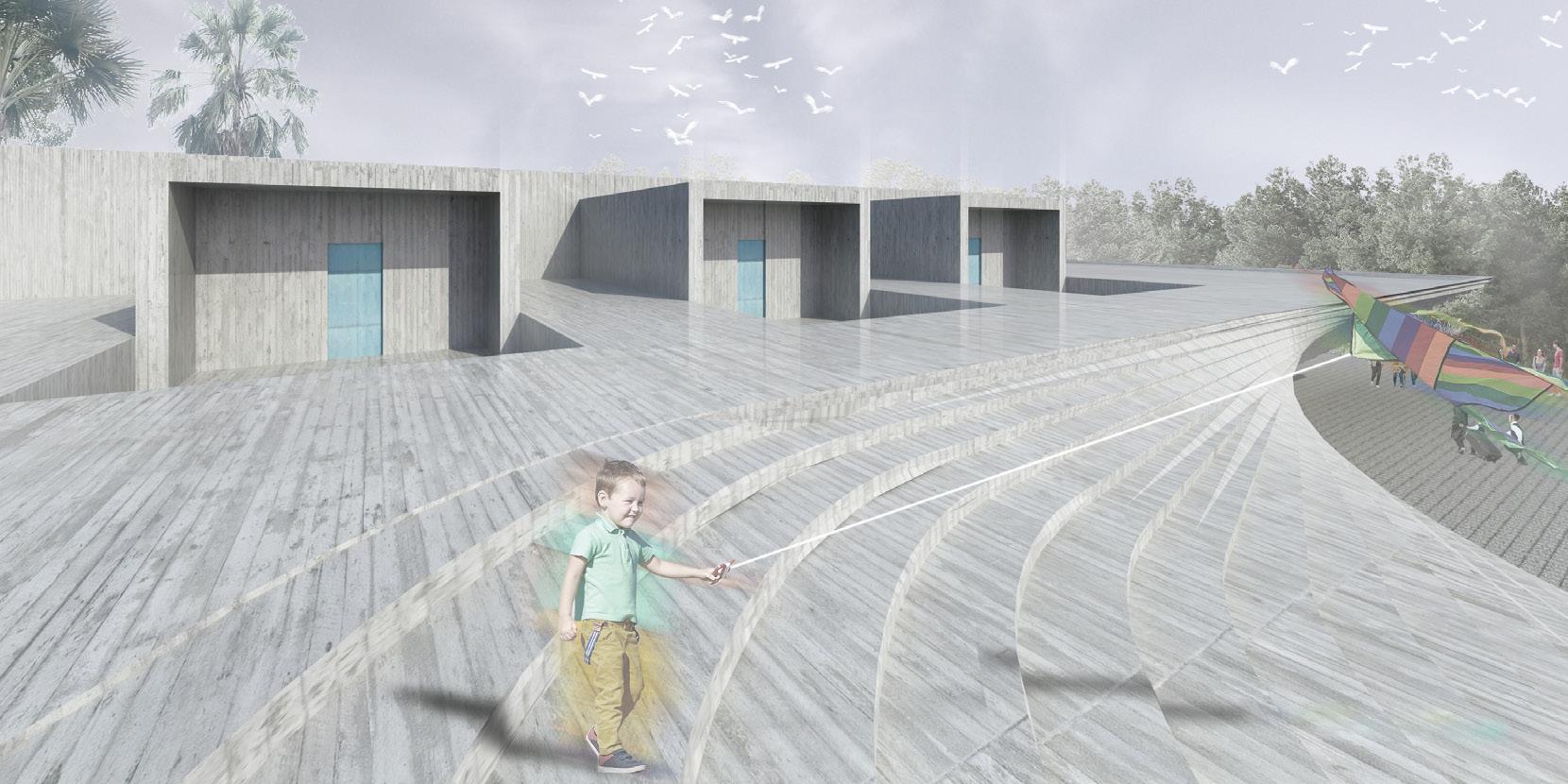
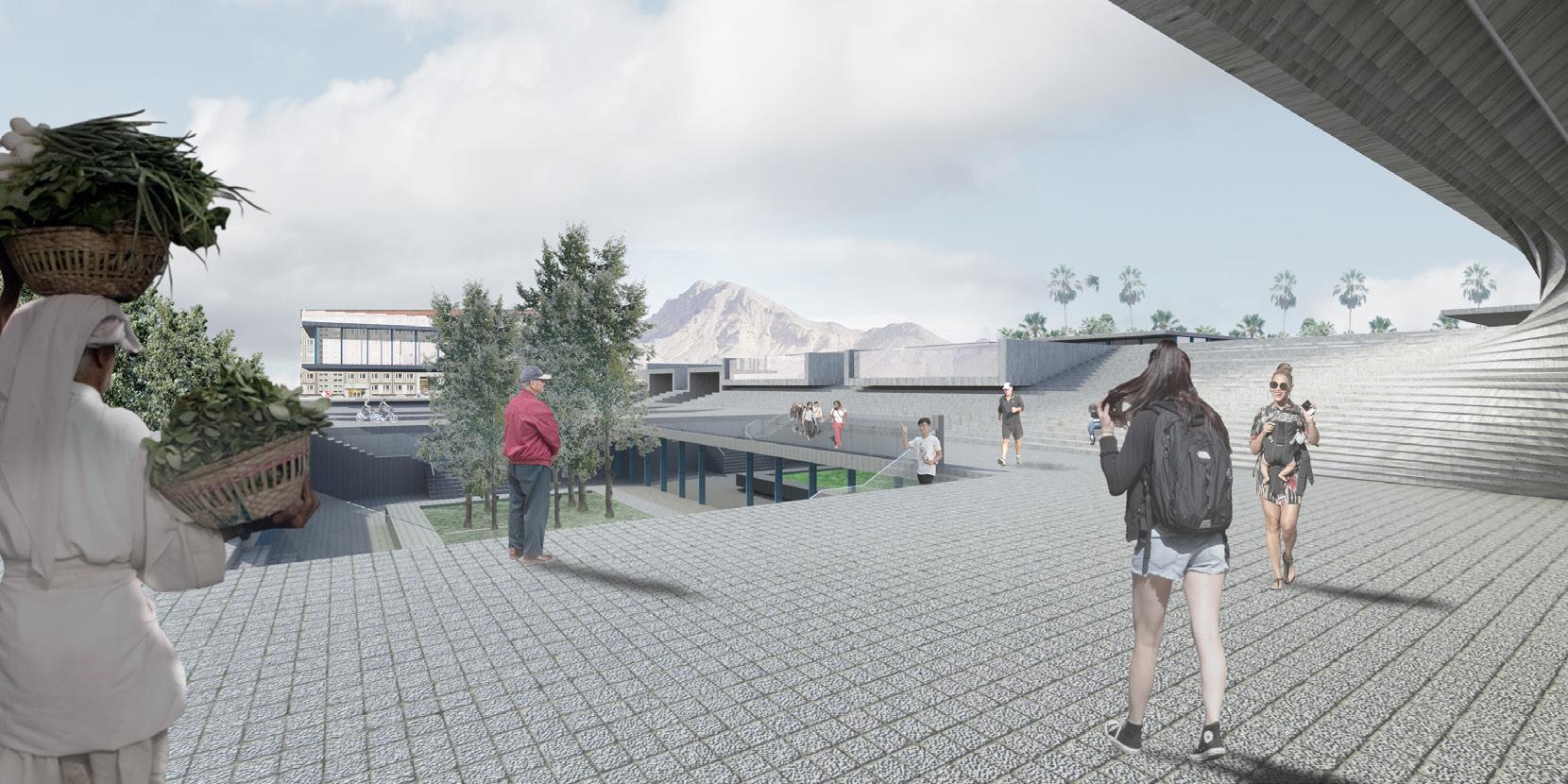
Traditional ways of trade contrast with the modern meaning, which implies a defined purposeful space, and the opportunity to interact with a variety of people with different backgrounds occur in a typical city.
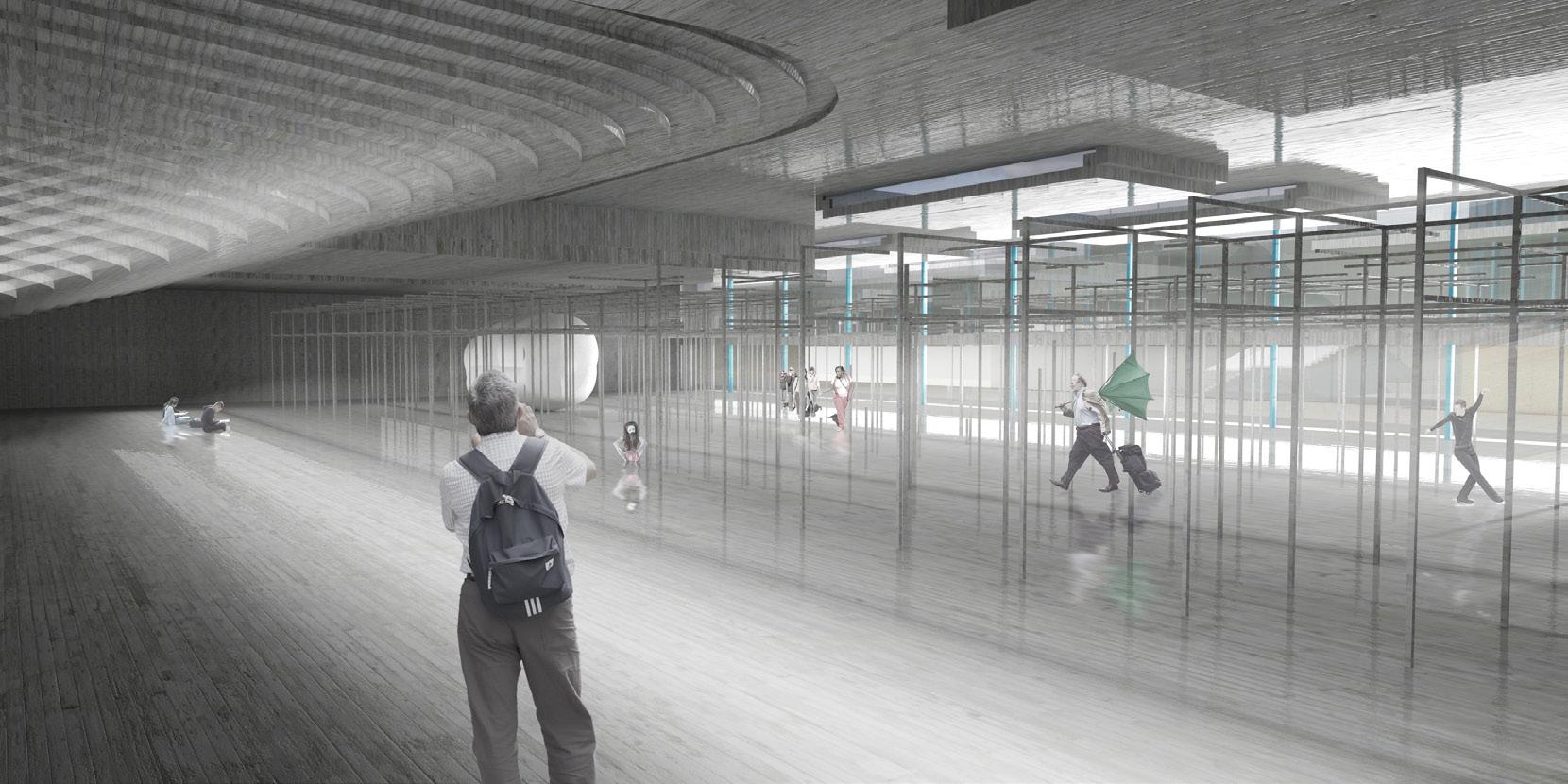
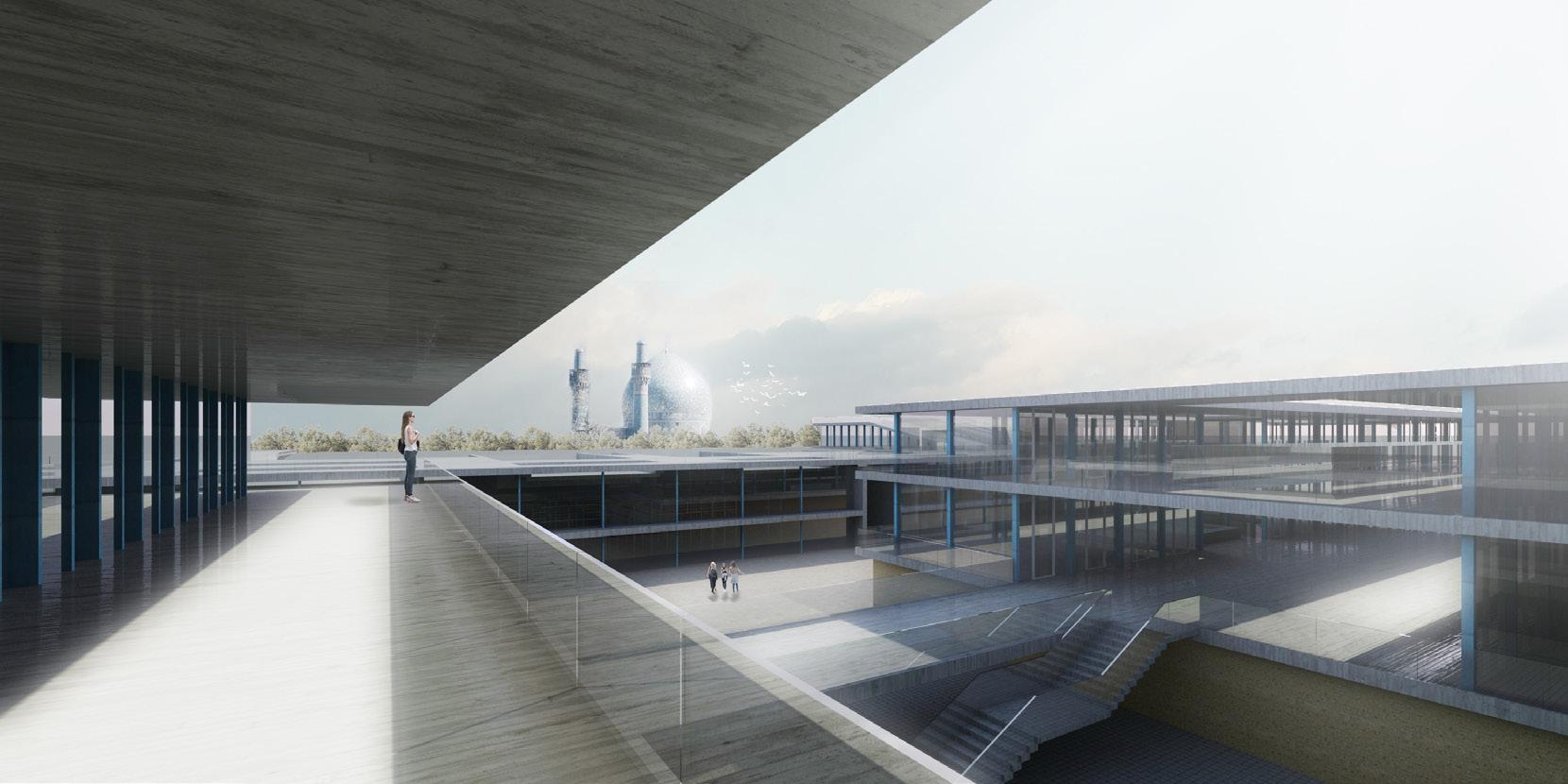
Urban areas for exhibiting individual freedom and artistic expressions regardless of conventional processes of its procedure level up the tally of the momentary occupation of urban memory slots.
Urban memories reflect the weakness of humanity in the social uniformity that individuals experience and record. It points to the insatiable desire of groups and societies and the emphasis on preventing solidarity, so the remembrance is an individual space to be habited.
